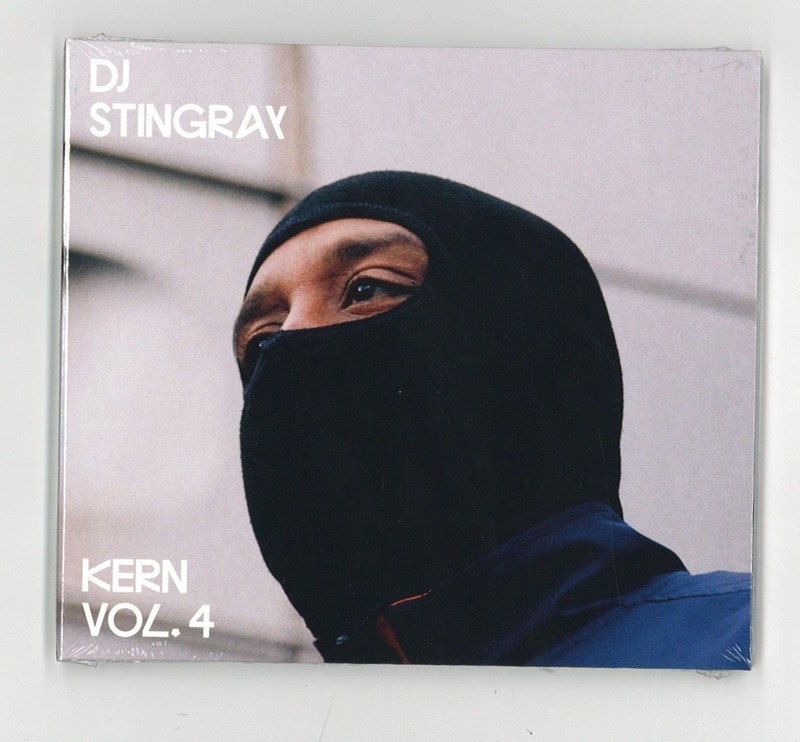A few months ago Armin van Buuren announced a new residency in Ibiza with some artwork emboldened with the letters “UR”, but something didn’t quite sit right the online music community when they got wind of it. It was a replica (right down to the font) of the Detroit collective and label’s logo, Underground Resistance. Armin Van Buuren had very publicly slighted one of the most influential and important groups in electronic music, showing either a lack of respect or just plain ignorance of the musical origins that he owes so much of his career to. It was a very poor choice for a marketing campaign and the internet was duly riled up including the people behind Underground Resistance, who rightly pointed out that Van Buuren and the marketing team are essentially “exploit(ing) the years of work that another artist has put in for (their) own benefit”.
Underground Resistance has played one of the most significant roles in Detroit as the second wave of artist to emerge of the newly established Techno genre in the late eighties. Jeff Mills, Robert Hood, Galaxy 2 Galaxy, Drexciya (James Stinson & Gerald Donald) and of course the founder Mike Banks, are just a few of the names to emerge of the collective, but probably one of its most lauded offspring today, comes in the form of DJ Stingray.
A UR affiliate – although such claims can’t be substantiated, considering the nature of the collective – DJ Stingray’s career starts as the second generation of Techno artists started to come to prominence in Detroit. Starting out as one third of the highly acclaimed Urban Tribe alongside Carl Craig and Kenny Dixon, before landing a job as Drexciya’s touring DJ under the alias, Drexciyan DJ Stingray, Ingram couldn’t ask for a better foundation to his career. Under the direction of Drexciya, Ingram would wear a balaclava while working, a direct result of UR’s influence and their political motives. With the untimely passing of James Stinson and the end of Drexciya, DJ Stingray and the ski-masked prevailed, and through the first decade of the new millennium he established one of the enigmatic DJ careers. So it seems incredibly fitting that Berlin club and label, Tresor would honour the DJ with handing the “Kern” series over to him for its fourth edition.
DJ Stingray doesn’t disappoint, and through the eight tracks he’s chosen for the double LP release he’s compiled a selection of tracks that have been determined in their resolve to uphold the origins of Techno. From Aphex Twin to Gesloten Cirkel, these artists and the songs that Ingram chose, harness the full potential of Techno, not as some functional, formulaic version of the genre, but as the forward-thinking musical ideology it is. Feigning strict 4/4 rhythm patterns and incorporating break/electro beats, DJ Stingray showcases Techno on “Kern vol. 4” as a modulating music, one that develops with its environment, but always as some futuristic outlook from the present landscape. It’s Techno as an underground revolutionary music and one that should engage consciously as much as it functions practically. Ingram’s history, starting out playing the biker bars of Detroit is evident here as he plays between sounds and genres liberally to inform his mix and this compilation. From Professor X’s Hip Hop referencing self-titled track to Aphex Twin’s leftfield adventures in Acid, anything goes for DJ Stingray and he keeps the energy high throughout.
DJ Stingray’s statement in this mix is bold and highlights a world of music Armin van Buuren clearly has forgotten, or more likely never known, and “Kern Vol.4 we believe couldn’t come at a better time. This compilation is welcomed reminder of the origins of a roots music we must never forget or ignore, and even today, in its true form, it’s still the most exciting form of musical expression for the dance floor there is.

